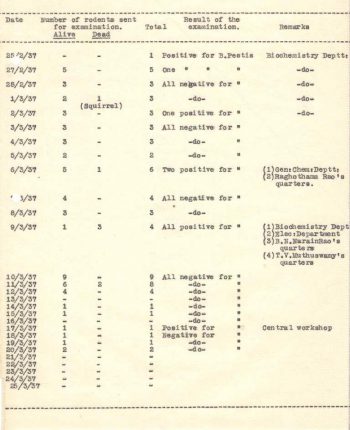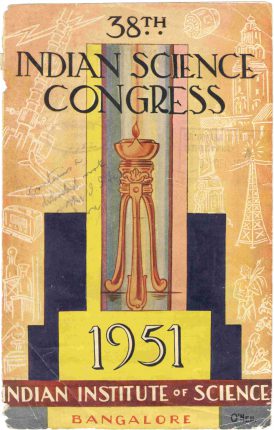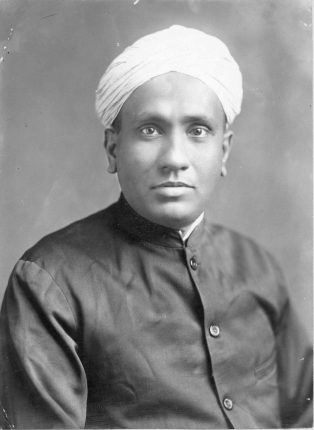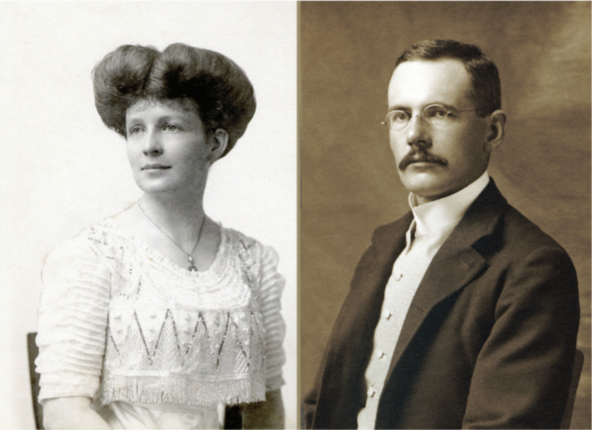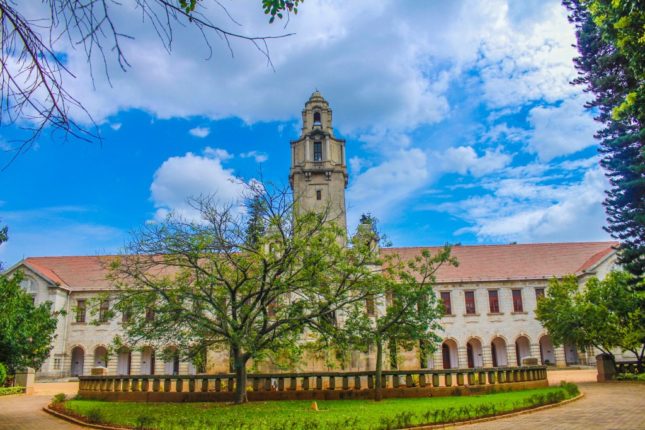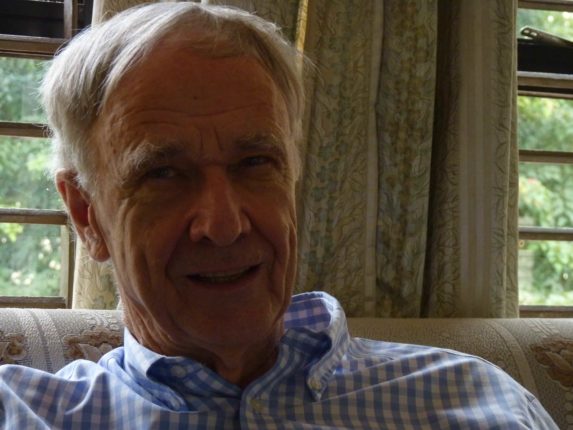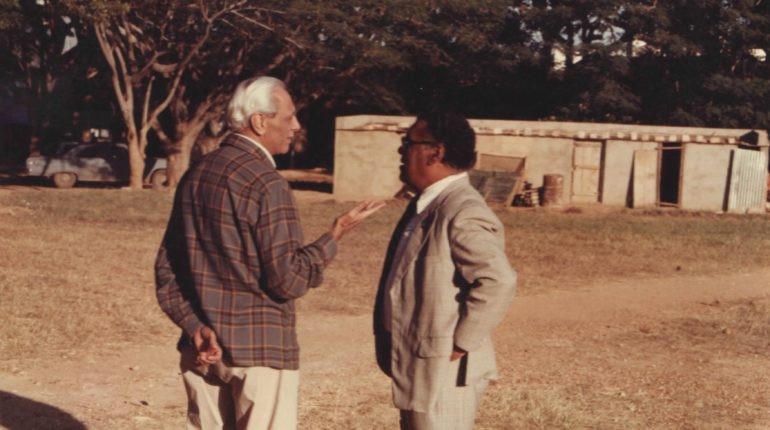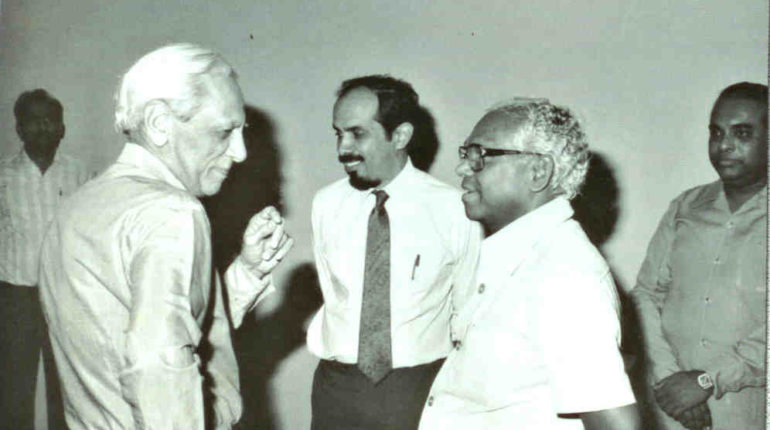Dead rats forced the Institute to suspend classes in 1937 The first plague pandemic, the Plague of Justinian, ravaged the Eastern Roman Empire killing between 25 and 50 million people in the sixth century. The second, the infamous Black Death, obliterated between 100 and 200 million people in Eurasia in the 1300s. And the third, […]
Category: History
The Indian Science Congress at IISc
What old brochures of the event tell us about its purpose, and about how IISc saw itself The Indian Science Congress (ISC), an annual gathering of scientists, was begun in 1914 by two British chemists, JL Simonsen and PS MacMahon, who wanted to model it on the British Association for the Advancement of Science. In […]
An Evening with Raman at the Gymkhana
CV Raman was the Director of IISc from 1933 to 1937. It was in this period, in November 1935, that Kenneth Aston arrived as the professor and head of the Department of Electrical Technology. Uma Parameswaran, in her biography of Raman, writes that Aston was not Raman’s choice for the post and became “one of […]
Satish Dhawan: The Father of Experimental Fluid Dynamics in India
It was in 1946 that Dhawan arrived at the Guggenheim Aeronautical Laboratory of the California Institute of Technology (GALCIT, now Graduate Aerospace Laboratories), wanting to work with Hans Liepmann. But the Indian students Liepmann had worked with until then had given him the impression that “perhaps the select group that came to Caltech from India […]
The Effect of World War II on IISc
“This is a time of war. The great majority of the people of this country deeply sympathise with risks and sufferings of the people of Great Britain. Many are willing and anxious to take part in the measure needed to help Britain and humanity in this emergency,” said engineer and statesman Sir M Visvesvaraya in […]
Morris Travers’ Troubles in Bangalore – And How Marriage Couldn’t Solve Them
The following piece is an edited excerpt from the unpublished autobiography of Robert MW Travers, the son of Morris Travers, IISc’s first Director. Locked in a tussle with JN Tata’s sons over his plans for IISc before he travelled to England on leave in 1910, Morris Travers sensed that having a wife would enable him […]
How IISc Found a Home in Bangalore
Back when the plan to set up the Institute was being chalked out, the southern city was hardly the most obvious choice to house it “Bangalore is already the Science Capital, start-up Capital and Technology Capital of the country,” Biocon founder Kiran Majumdar Shaw tweeted recently in support of a demand to make Bangalore India’s […]
Structures in Turbulence: An interview with Garry Brown
Garry Brown is professor emeritus at the Department of Mechanical and Aerospace Engineering, Princeton University. He is a distinguished fluid dynamicist, well-known for his work with Anatol Roshko where they found unexpected order within turbulent flow. He was at IISc in late 2017, teaching a course on shear turbulence with his friend Roddam Narasimha. Excerpts […]
IISc’s remarkable expansion under Dhawan
Satish Dhawan was the longest-serving Director, who transformed the Institute in many ways – from reorganising academic departments to establishing new centres and encouraging the Institute community to embrace an interdisciplinary research approach. In 1951, Satish Dhawan joined the Indian Institute of Science (IISc) as a Senior Scientific Officer, and within a few years, he […]
‘Dhawan introduced a new personality to IISc’: Roddam Narasimha
Roddam Narasimha is the DST Year-of-Science Professor at the Engineering Mechanics Unit, Jawaharlal Nehru Centre for Advanced Scientific Research, Bangalore. Narasimha, a former professor in the Department of Aerospace Engineering at IISc, was one of Satish Dhawan’s earliest students. In this excerpt from a wide-ranging interview, he shares his memories of Dhawan. What was […]
